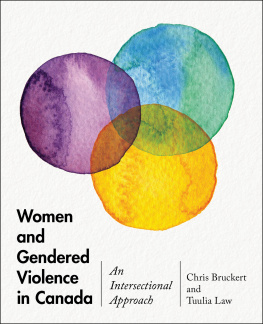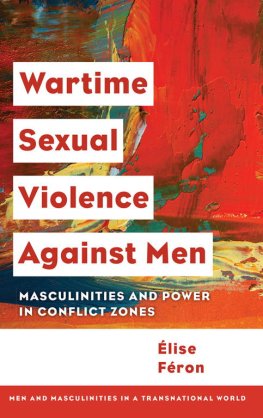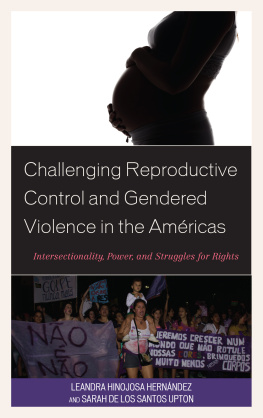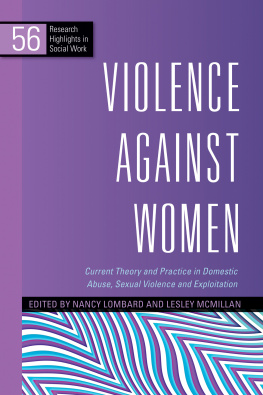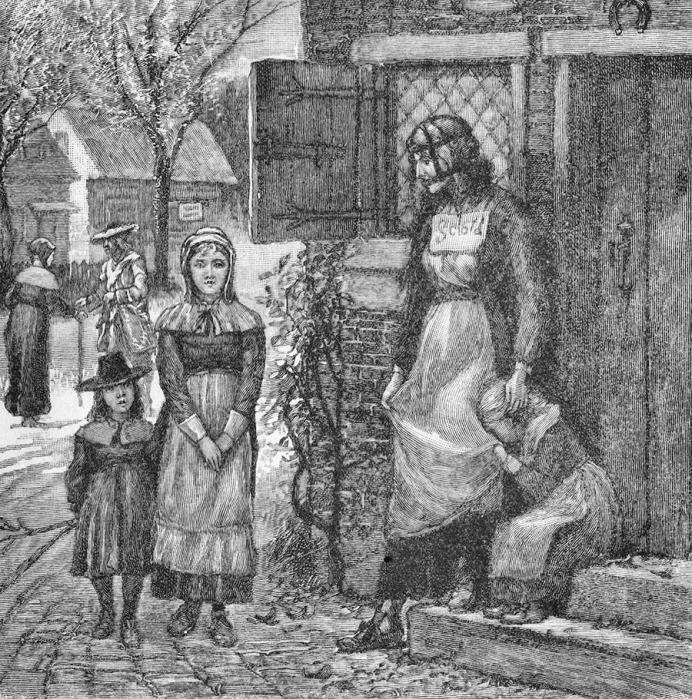WOMEN AND GENDERED VIOLENCE IN CANADA
WOMEN AND GENDERED VIOLENCE IN CANADA
An Intersectional Approach
Chris Bruckert
Tuulia Law
Copyright University of Toronto Press 2018
utorontopress.com
All rights reserved. The use of any part of this publication reproduced, transmitted in any form or by any means, electronic, mechanical, photocopying, recording, or otherwise, or stored in a retrieval system, without prior written consent of the publisheror in the case of photocopying, a licence from Access Copyright (Canadian Copyright Licensing Agency), 320 56 Wellesley Street West, Toronto, Ontario M5S 2S3is an infringement of the copyright law.
Library and Archives Canada Cataloguing in Publication
Bruckert, Chris, 1960, author
Women and gendered violence in Canada: an intersectional approach/Chris Bruckert, Tuulia Law.
Includes bibliographical references and index.
Issued in print and electronic formats.
ISBN 978-1-4426-3615-6 (hardcover).ISBN 978-1-4426-3614-9 (softcover).
ISBN 978-1-4426-3616-3 (HTML).ISBN 978-1-4426-3617-0 (PDF).
1. WomenViolence againstCanada. 2. WomenCrimes againstCanada. 3. Sex discrimination against womenCanada. 4. ViolenceSocial aspects Canada. 5. WomenCanadaSocial conditions. I. Law, Tuulia, author II. Title.
HV6250.4.W65B77 2018362.880820971C2018-901472-5C2018-901473-3
We welcome comments and suggestions regarding any aspect of our publicationsplease feel free to contact us at or visit our Internet site at utorontopress.com .
North AmericaUK, Ireland, and continental Europe
5201 Dufferin StreetNBN International
North York, Ontario, Canada, m3h 5t8Estover Road, Plymouth, pl6 7py, uk
orders phone : 44 (0) 1752 202301
2250 Military Road orders fax : 44 (0) 1752 202333
Tonawanda, New York, USA, 14150 orders e-mail :
orders phone : 1-800-565-9523
orders fax : 1-800-221-9985
orders e-mail :
Every effort has been made to contact copyright holders; in the event of an error or omission, please notify the publisher.
University of Toronto Press acknowledges the financial assistance to its publishing program of the Canada Council for the Arts and the Ontario Arts Council, an agency of the Government of Ontario
This book is printed on paper containing 100% post-consumer fibre.
Printed in Canada.
To the generations of women who have championed womens right to live violence-free lives, and in honour of two women who inspire us: Gundi Barbour and Anne-Marie Zilliacus.
Acknowledgments
We would like to express our gratitude for the amazing colleagues in the Department of Criminology at the University of Ottawa who, in many cases repeatedly, assisted with ideas, clarifications, and references. Special thanks go to Steven Bittle, Kathryn Campbell, Martian Dufresne, Maritza Felices-Luna, Jenn Kilty, Justin Pich, Dominique Robert, and Valerie Steeves. A particular note of gratitude to Holly Johnson, who not only provided advice and resources, but also generously produced the sexual assault attrition pyramid () found on page . We are also grateful for Brittany Marios excellent and timely assistance.
Thanks as well to those who helped keep up our morale over the intense writing process: Emily Symons and Brent (Chico) Ward; Kate Fletcher and Paul Robertson.
We extend our gratitude to the anonymous reviewers of both the original proposal and the completed manuscript; we have endeavoured to do justice to the ideas, suggestions, and insights you generously shared.
Leanne Rancourt deserves special mention for her meticulous copyediting (and unending patience); it was a pleasure to work with such a gracious professional.
The staff at University of Toronto Press have been amazing. Particular thanks go to Anne Brackenbury for guiding us through the process from proposal to publishing; Julia Cadney for, among other things, chasing down permissions; and Anna Del Col for sharing her considerable marketing and design skills. A shout out to Megan Pickard; although she is no longer at University of Toronto Press, her enthusiasm and contribution to the project in its early stages is much appreciated.
Introduction
Expanding the lens on gendered violence
On December 6, 1989, Marc Lpine entered the cole Polytechnique at the Universit de Montral and massacred 14 women; it was, undeniably, an act of horrific gendered violence committed by one man. It was also an act informed by gender scripts and the visceral enactment of everyday misogynya punishment of women who did not know their place. In this regard his selection of an engineering class as opposed to, for example, a teachers college, where there would have been more women, is telling. In Lpines words, Youre women, youre going to be engineers. Youre all a bunch of feminists. I hate feminists (). And another generation of women confronted the reality of gendered violence.
The Montral Massacre shattered not so much Canadians collective innocence as our collective denial. The aftermath, however, speaks to resilience, resistance, and further repression as those with political capital endeavoured to undermine womens gains. On the one hand the tragedy that unfolded that wintery day in 1989 was the impetus for a societal awakening that gendered violence is not a womens issue but a much larger social justice imperative. It led to a National Day of Remembrance and Action on Violence Against Women, the federal Canadian Panel on Violence Against Women ( by those who attribute individual rather than societal responsibilityfor them Lpine was not the ultimate manifestation of deeply entrenched misogyny but a madman. Of course individual men must be held responsible, but when we fail to appreciate context we squander the possibility of making meaningful change.
This book endeavours to develop a more holistic understanding of gendered violence by elaborating on the connections between the violence women experience and the historical, social, discursive, and legal contexts in which it unfolds. To that end, an intersectional and interdisciplinary approach employing concepts from diverse theoretical traditions and drawing on a range of disciplines, including criminology, history, sociology, political science, legal studies, economics, critical race studies, and, of course, gender studies, is used. In order to provide a point of departure for subsequent chapters, this Introduction begins with a historical overview of feminist resistance to violence and inequality, which, as we will see, has been characterized by vigorous debates about the project(s) of feminism and what it means to be radical. From there, we move on to present the conceptual point of departure for this book; we conclude with an overview of the volumes four sections.
Feminism: A history of conflict, contestation, and resistance
Western history is littered with examples of gendered violence: from the burning of women outside of patriarchal controlwise women, midwives, healersas witches, to the gossips or scolds bridle where chattering or otherwise troublesome women were physically punished by having their (wagging) tongues pinned in place (see

